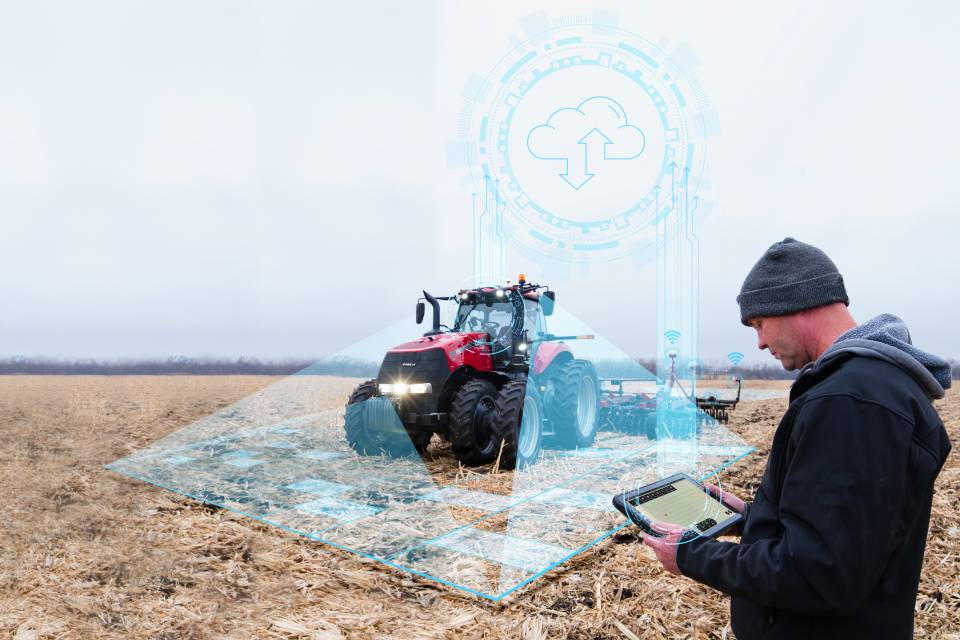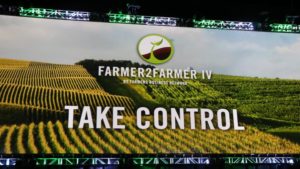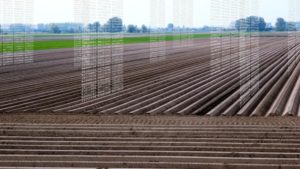17 Innovations That Shaped The Precision Ag Revolution

Nothing generates as much debate as a ranking of top anything, from NFL quarterbacks and restaurants to pickup trucks and NASCAR drivers. So we’re throwing our hat in the ring, with a little help from some of you out there, who provided us with some great ideas and interesting perspectives.
-
-
1 of 17
1. Global Positioning Systems
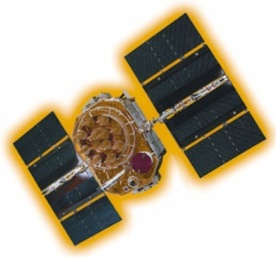
For better or worse, some of the most useful technologies we use today were born of the military, and our global positioning system is among them. In the mid-1990s, agriculture began to get access to GPS widely. (Some lucky folks near navigable waters could tap into the Coast Guard beacon GPS signal, but there’s not a lot of that in farm country). But it was only useful with a subscription because the military continued to put an error in the signal, called selective availability (SA), that the subscription would correct. Around the year 2000, SA was turned off and the commercial possibilities of widely available GPS were unleashed. Today GPS is pretty much everywhere, but for agriculture, knowing where you are and tracking what field operation you are performing is pretty much the foundation for precision agriculture.
-
2 of 17
2. Yield Monitor
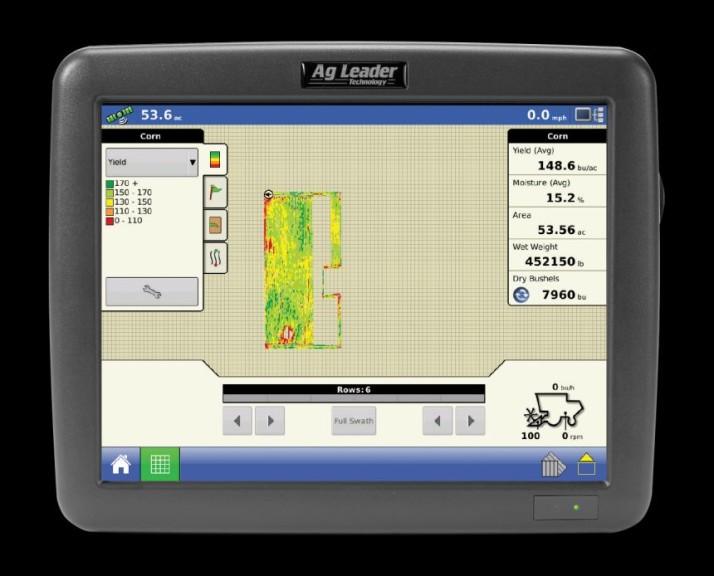
There was more than one company working on developing a viable grain yield monitor, but it was Iowa’s Al Myers, working out of the garage in his home, who pooled the electronics ingenuity, farm knowledge, and business savvy to bring it effectively to market in the mid-1990s. Ag Leader is still the predominant brand in yield monitors, and Myers remains at the helm today.
Tim Norris, CEO of precision consulting firm Ag Info Tech in Ohio, notes that “without the yield monitor it would have been much more difficult to document the amount of spatial variability within our fields, therefore showing the need to manage fields spatially.”
-
3 of 17
3. Information Technology
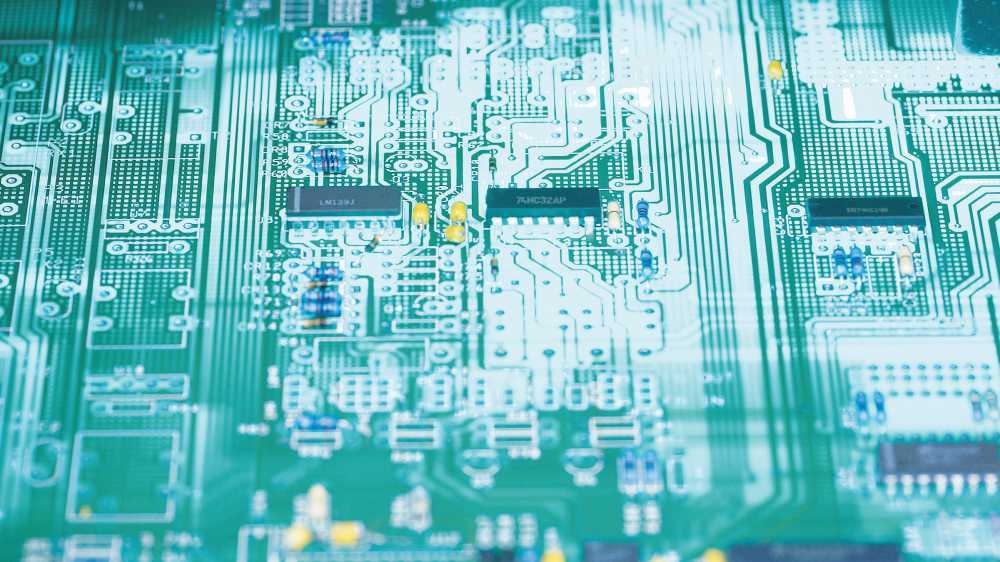
It’s difficult to separate out the components of computing – personal computers, the Internet, and computer programs designed for specific tasks on the farm – so Joe Russo, president of ZedX, Inc., placed them artfully under one category. “Before the advent of PCs, the Internet, and programs, information had to be accessed through publications and shared through the mail, or by face-to-face meetings. This pre-computer sharing of information was slow, limiting, and cumbersome. IT made precision agriculture possible.”
-
4 of 17
4. Cell Phones

It’s easy to take for granted the power that cell phones bring to the farm, from simply being able to make a call to utilizing one the dozens of farm-based apps. As Champaign, IL farmer and precision enthusiast John Reifsteck notes, “Without the cell phone, we probably would still be sitting in the barn lot waiting for someone to come to the barn and make things work.”
-
5 of 17
5. Lightbar Guidance
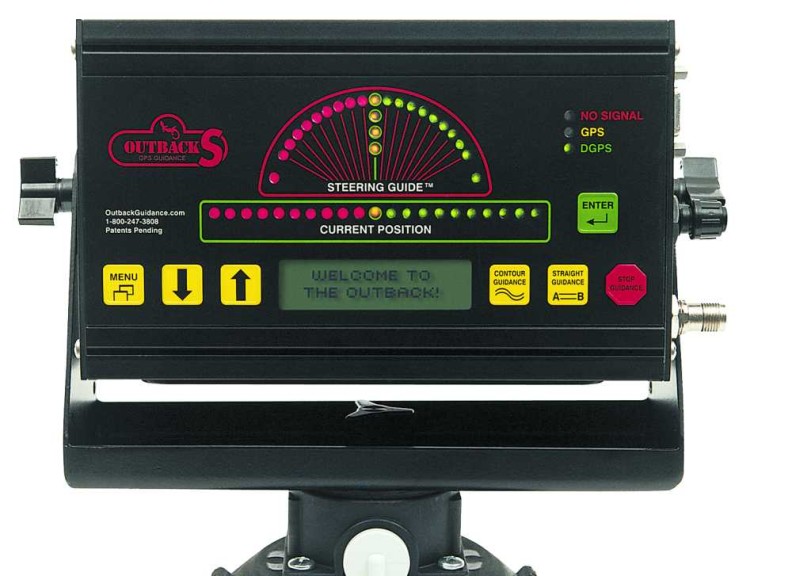
This earliest manifestation of the melding of GPS with practical field equipment demonstrated to the industry that growers were willing and eager to adopt relatively easy to use and understand technology that would improve the accuracy and efficiency of field operations.
-
6 of 17
6. Variable Rate Fertility
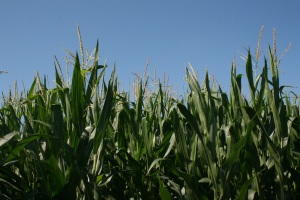
The use of variable rate application of fertilizer has experienced ups and downs over the years, as the technology and agronomic practices evolved. But there’s no denying that it was the quest for more effective application of fertilizer dating back to the development of SoilTeq in the mid-1980s that led to much of what we regard as precision agriculture today.
-
7 of 17
7. Automatic Steering
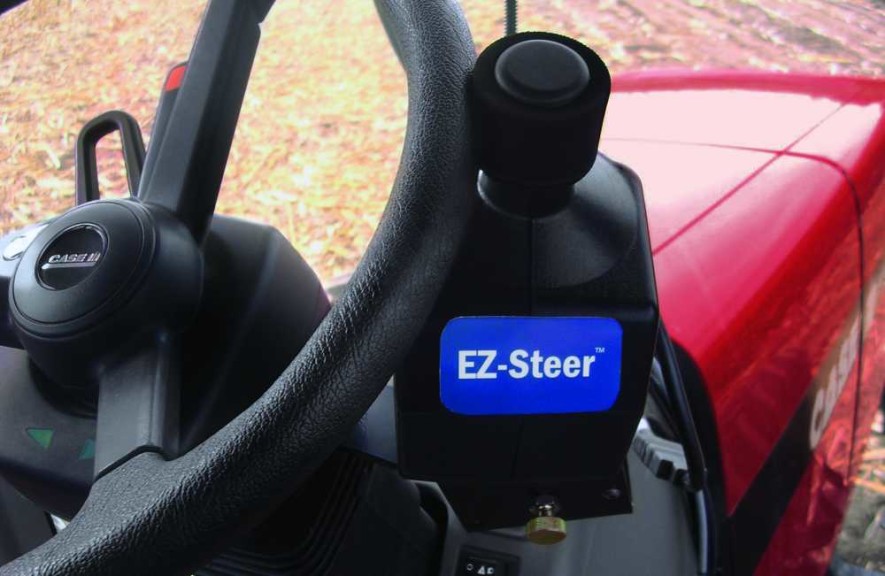
Some of the folks we talked to lumped all automation technology together as one overarching “product” in agriculture – this is true, but it’s worth noting that it was automatic steering that really captured the imagination of farmers, ag retailers and precision consultants. By simultaneously combining efficiency with a significant improvement in driver performance and reduction in driver fatigue, adoption in the mid-2000s skyrocketed and led to other important developments, such as the next entry …
-
8 of 17
8. Automatic Swath/Planter Control
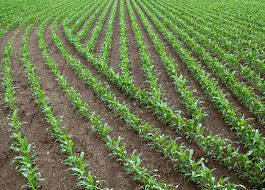
There was a time, not long ago, when automatic control of sprayer sections and nozzles was not ubiquitous on equipment, and planter control was possible but not verifiable. We know more now today about what’s happening from the tank and planter box to the ground than ever. And in the case of swath control, where skips, overlaps and overspray on non target areas are virtually eliminated, we have a positive environmental story as well.
-
9 of 17
9. Active Sensors
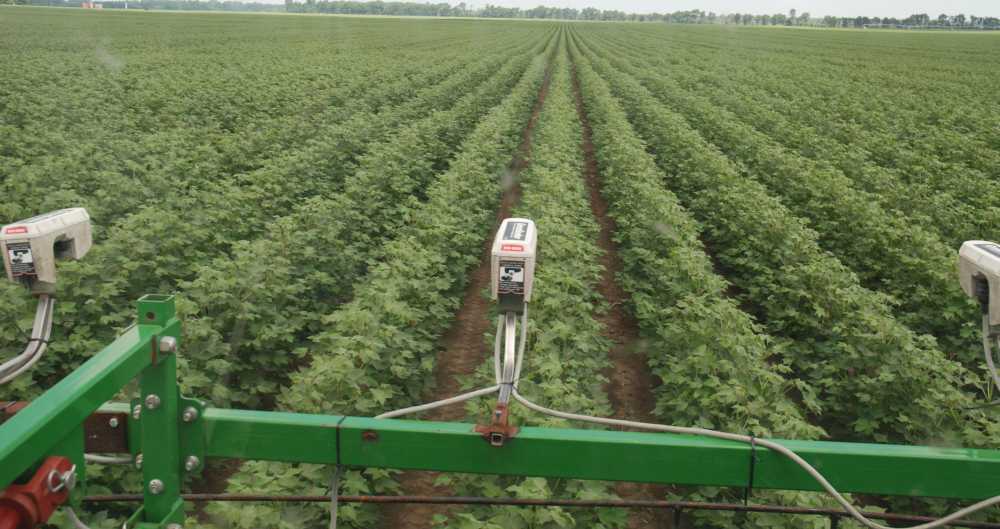
The technology that got its start in the 1990s at Oklahoma State University, and evolved into commercialization through the 2000s, is another good news agriculture story. Marketed first by NTech Industries, a company purchased by Trimble, the Greenseeker sensor is the backbone of nitrogen efficiency programs in many regions, in particular in the Chesapeake Bay area.
-
10 of 17
10. Programmable Controllers
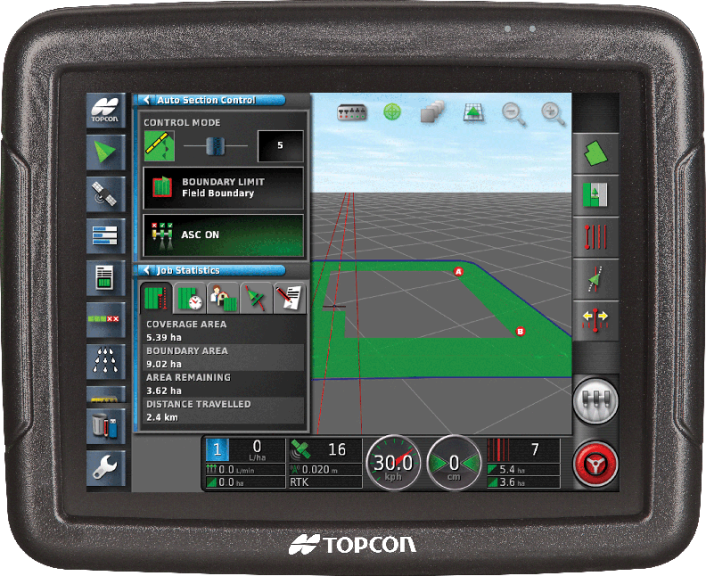
While manual equipment controllers have been around for some time in agriculture, the introduction of programmable controllers was a game changer,” notes ZedX’s Russo. “By programmable, I mean the ability to load electronic instructions into a controller with a disc, card, or stick and have equipment execute an operation, such as a variable rate application, based on those instructions. As wireless telemetry becomes more widespread, equipment controllers that are remotely programmed will play an even more important role in precision agriculture.
-
11 of 17
11. Electrical Conductivity
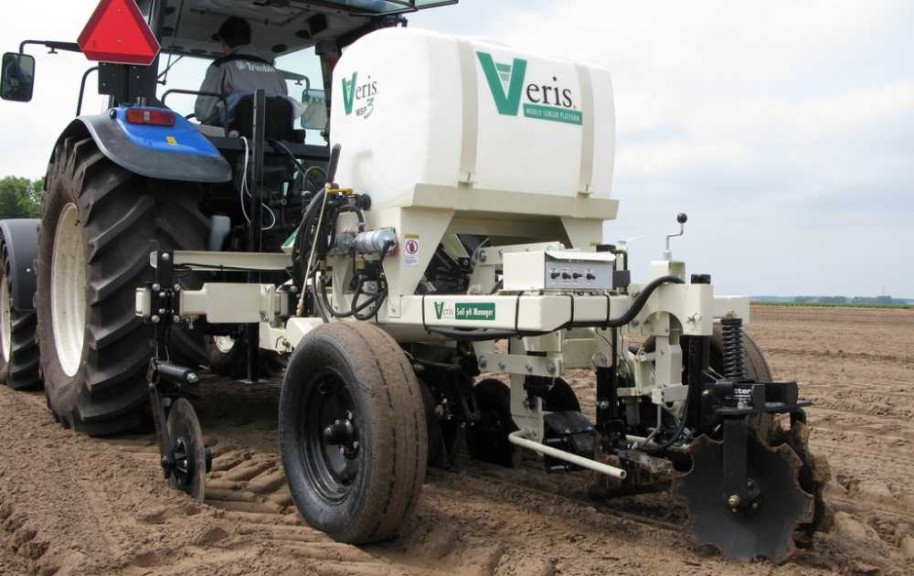
Founded in 1996, Veris Technologies was the first to promote and popularize the usefulness of soil electrical conductivity, or EC. Taking measurement of EC in soils reveals texture variability, which can be incorporated in recommendations for field activities such as VRA seeding, soil sample planning, nitrogen management, and irrigation. An interesting side benefit to the proliferation of EC measuring devices has been a wider acceptance of field management by zones vs. grids.
-
12 of 17
12. Roundup Ready Crops
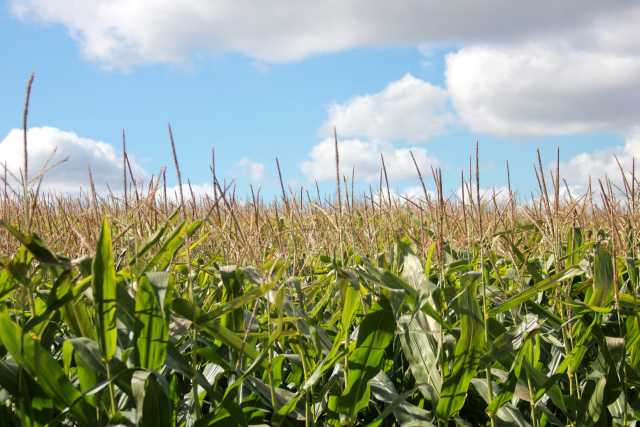
The first flush of precision innovation coincided precariously with the advent of Roundup Ready crops in the late 1990s, which (at least for a few years) proved to be a ridiculously simple way to produce a crop in a field free of weed stress. Then came an agriculture recession, and the two served to push precision recommendations off the table for many farmers who’d given it a shot. It took the onset of affordable automatic steering the mid-2000s to turn precision ag’s fortunes around.
-
13 of 17
13. Tablet Computers
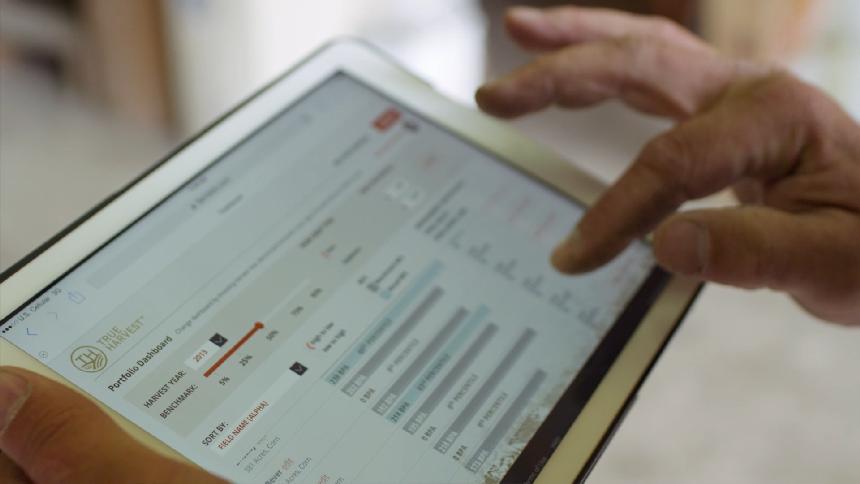
The tablet computer, a larger manifestation of the smart phone, introduced consumers to the joys of manipulating a computer screen via, point, swipe, pinch and stretch. Today some manufacturers are making off-the-shelf tablets usable in their software systems. But perhaps more importantly, their simplicity has affected the development of ruggedized, ag-only controllers that attempt to mimic the use simplicity of consumer tablets.
-
14 of 17
14. DTN Weather Terminals
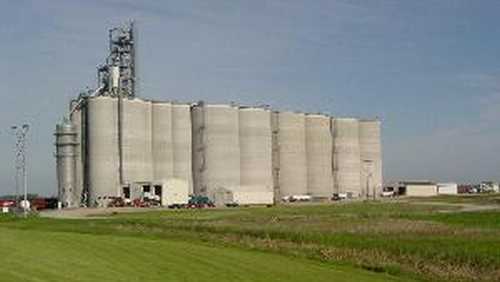
There was hardly a dealership or cooperative in the 1990s that did not have a television screen at the sales counter with DTN’s weather satellite providing instant weather feedback and predictions. These early remote information delivery terminals not only provided a service, but showed the power of delivering desired information direct to the farmer via rural agribusiness.
-
15 of 17
15. Tile Plow Technology
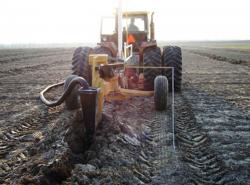
Combine farmers flush with cash, a booming ag market, and frustrating, swampy areas of otherwise productive fields, and you have a recipe for installing drainage tile. Install they did, and rapidly, as new technology taking advantage of available high accuracy GPS significantly improved the speed and accuracy of drain tile installation in the first half of this decade.
-
16 of 17
16. GIS Software
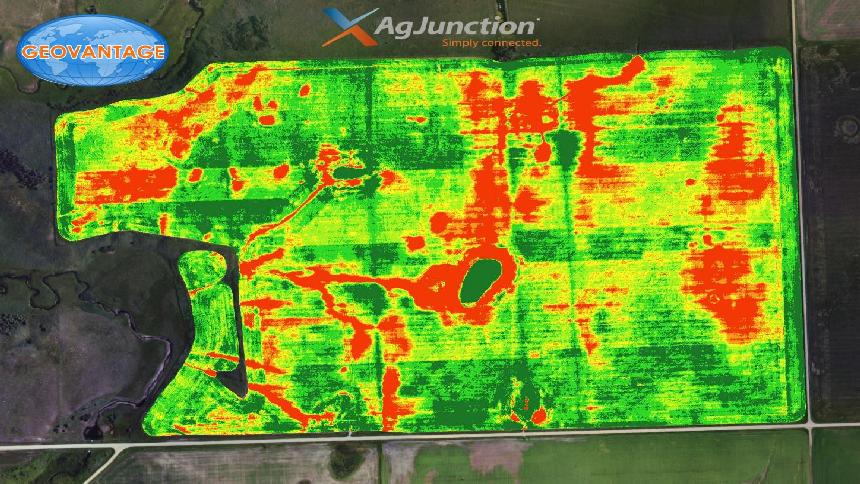
While aggregating field data into components that allow us to make best decisions continues to be challenging, Geographic Information Systems have provided the platform for us to project that data in a visual way. Color-coded maps indicate variations of all measure, from soil type to yield to insect and disease pressure and crop fertility. GIS often confirms and enhances field knowledge, but sometimes reveals what can’t be seen with the naked eye.
-
17 of 17
17. Irrigation Control
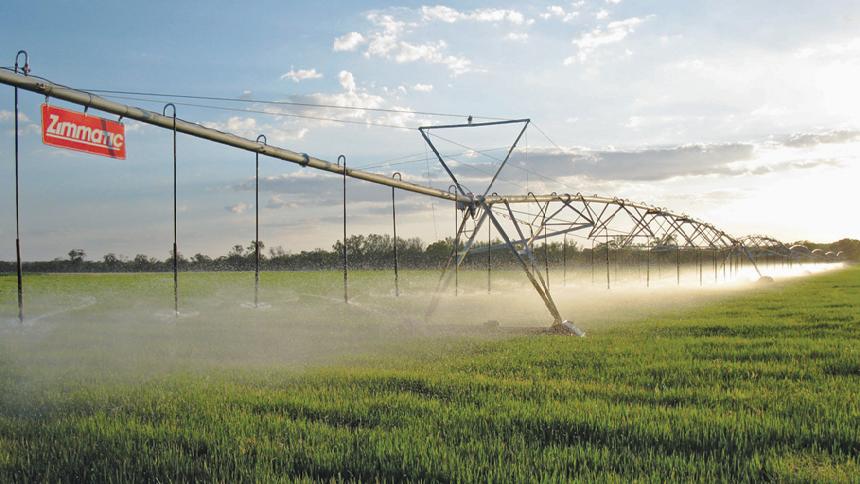
While remote monitoring of irrigation control has been around for many years, the proliferation of wireless connectivity, cell phones, apps and base station transmitting technology has increased the opportunity to better manage irrigation water exponentially. From irrigation malfunction alerts to rain sensor systems and variable rate irrigation prescription development, irrigation control is maturing rapidly. And given the issues related to drought and increasing water regulation, better irrigation through technology is coming just in time.
View all
1. Global Positioning Systems

2. Yield Monitor
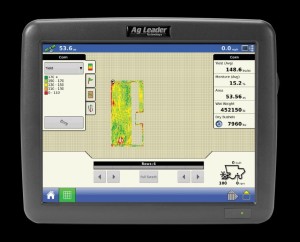
3. Information Technology
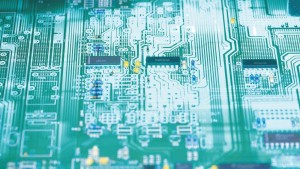
4. Cell Phones

5. Lightbar Guidance
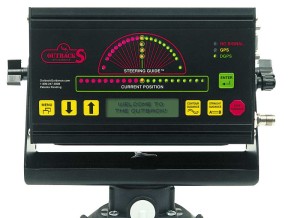
6. Variable Rate Fertility

7. Automatic Steering
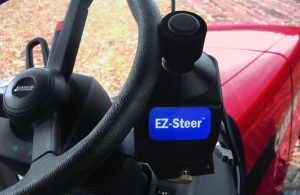
8. Automatic Swath/Planter Control

9. Active Sensors
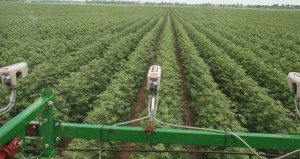
10. Programmable Controllers
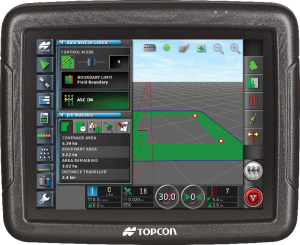
11. Electrical Conductivity
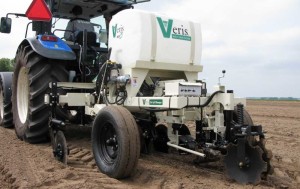
12. Roundup Ready Crops
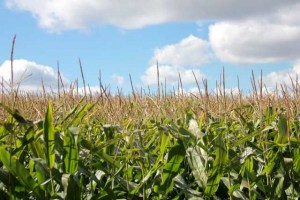
13. Tablet Computers
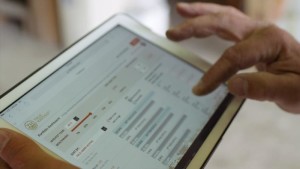
14. DTN Weather Terminals
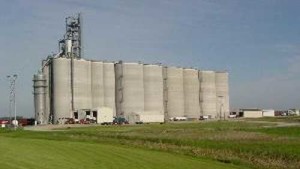
15. Tile Plow Technology

16. GIS Software
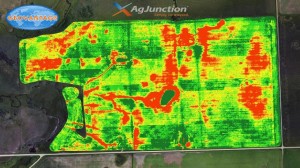
17. Irrigation Control
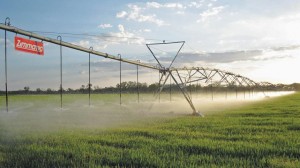
We amalgamated the responses we got to the question, “What do you consider to be the most important technological advancements in agriculture?” and the responses did not disappoint. In this gallery, we present the top responses provided us by our readers. Feel free to add, debate, and discuss.
MORE BY MATT HOPKINS
Rural Connectivity Gets a Major Boost: 5 Things to Know About the John Deere-SpaceX Deal
Robot Umpires to Robot Tractors: Similarities Run Deep Between Baseball and Agriculture
Subscribe Today For

Hopkins is Senior Online Editor for the CropLife Media Group at Meister Media Worldwide.
See all author stories here.





